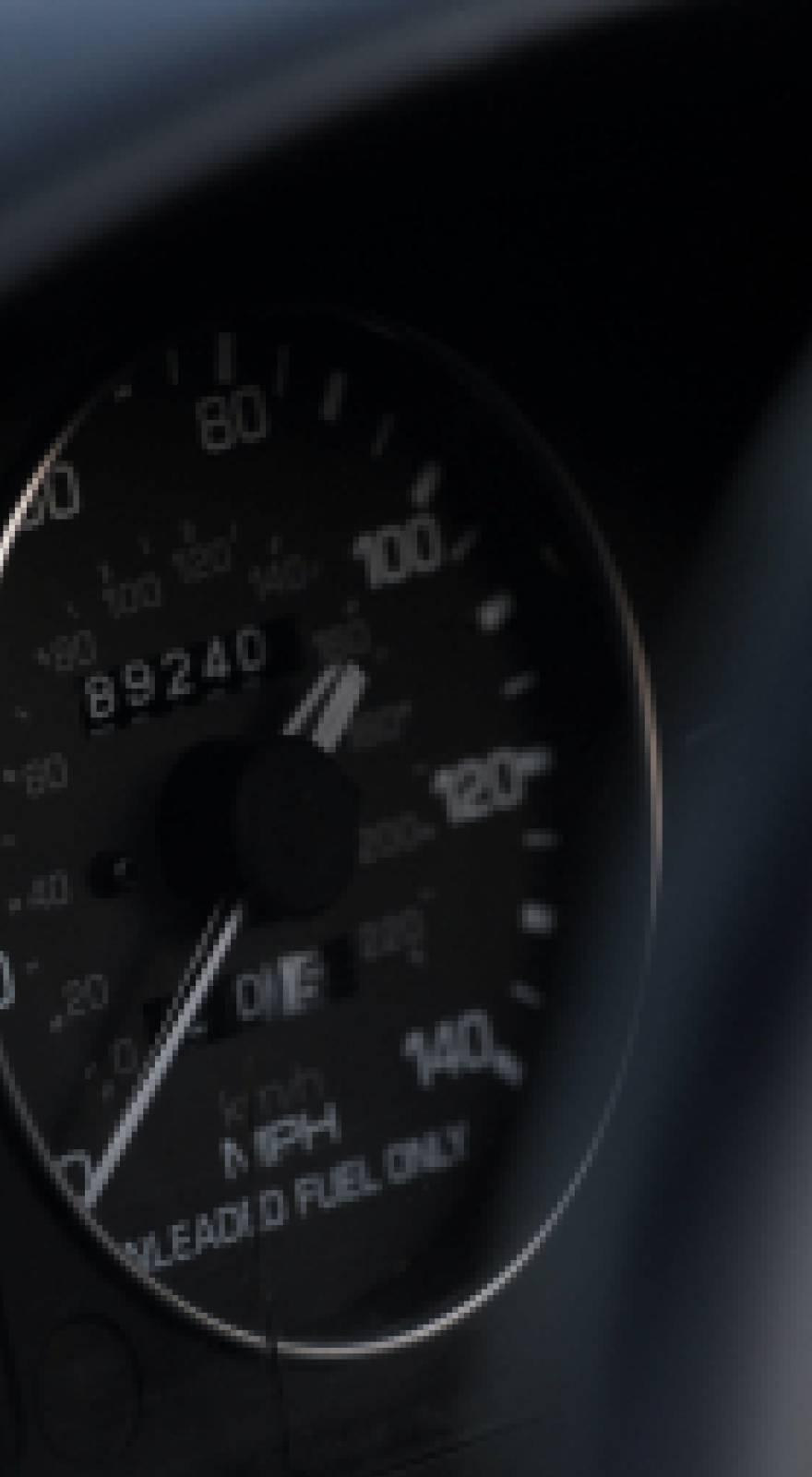Knowde Enhanced TDS
Identification & Functionality
- Chemical Family
- Fillers Included
- Polymer Name
- Plastics & Elastomers Functions
- Technologies
Features & Benefits
- Materials Features
- Key Features
- Standard Material
- Customized Color
- High Strength
- Dimentional Stability
- Excellent Ceramic/Metal Substitute
- Good Chemical Resistance
- Easy Processing
- High Toughness
- High Temperature Resistance
- Low Density
- Easy Processing
- Easy To Shape
- Excellent Chemical Corrosion Resistance
- High Mechanical Strength
- High Pressure And High Temperature Resistant Chemical Corrosion
- Benefits and Advantage
- Resistance To A Variety Of Fuel Oil Corrosion, At A Higher Temperature To Maintain Good Mechanical Properties, Good Dimensional Stability, Good Mobility, Good Flame Retardant, High Rigidity, Low Permeability, Low Creep, Light Weight, Reduced Manufacturing Cost.
- The Corrosion Resistance Of Water And Glycol At 150°C, Good Mechanical Properties, Good Dimensional Stability, Short-Term Resistance In High Temperature Above 200 Deg
- Good Fluidity, Can Withstand High Pressure, Working Temperature Range Wide -40 ~140°C, Can Be Two Times Of Injection.
- High Heat Resistance, High Dimensional Accuracy, High Rigidity, High Temperature Resistance To Chemical Resistance Is Still Excellent, Easy To Process, Compared To The Metal Parts, Eliminating The Mechanical Processing, Good Insulation
- High Mechanical Properties, High Temperature Resistance, Low Density, Replace Metal, Reduce Weight, Easy To Process, Reduce Production Costs.
- Precision Molding, Flame Retardant, Good Electrical Performance, Heat Shock, Excellent Thermosetting Resin And Ceramic Substitute Materials, Easy Molding Processing
- Processing Cycle Is Short, Good Adhesion, Bibulous Rate Is Low, Cost-Effective, Ul 94 V Flame Retardant Grade 0, Good Resistance To Creep, Stability Of Lead-Free Solder.
- In The Infrared Spectrum And Lead-Free Reflow Soldering Temperature Stability, High Cost, Ul 94 V-0 Flame Retardant Grade, Good Fluidity, Creep Resistance, Good Dimentional Stability
- High Temperature Resistant , Chemical Corrosion Resistance, Water Resistance, Easy Molding Processing
- Corrosion Resistance, High Temperature Resistance, High Dimensional Accuracy, Easy To Process
- Ul 94 V-0, Good Electrical Properties, Fast Cycling, Metal, Ceramic And Thermoset Replacement, Excellent Weld Line Strength, Low Moisture Absorption, High Temperature Resistance, Saving Material Costs, Reduce Weight.
- Good Dimensional Stability, Good Thermal Stability, Hydrolytic Stability, Chemical Corrosion Resistance, Can Insert Molding, Used In High And Low Temperature Can Ensure High Mechanical Propeties, Easy Processing, Good Material Substitute Of Metal And Ceramics
- Good Chemical Resistance, Good Dimensional Stability, Excellent Thermal Stability, Low Processing Cost
Applications & Uses
- Applications
- Plastics & Elastomers Processing Methods
- Typical Applications
In the electronics industry for the production of connectors, wiring device, frequency divider and a variety of instrument components, such as shell
- in the aerospace industry for the production of high strength, high temperature resistant and insulation of the high performance requirements of thin-walled parts;in the chemical industry for the production of corrosion-resistant valves, insulation devices in military products, for the production of precision electrical connectors, high strength, high temperature resistant contactor shell, motor module, pump impeller, pump, chemical pump etc.
Properties
- Mechanical Properties
- Thermal Properties
- Typical Properties
- Electrical Properties
- Processing Parameters
| Value | Units | Test Method / Conditions | |
| Tensile Strength | 190 | mPa | ISO 527 |
| Tensile Strength | 185 | mPa | ISO 527 |
| Elongation at Break | 1.8 | % | ISO 527 |
| Flexural Modulus | 15 | GPa | ISO 178 |
| Flexural Strength | 275 | mPa | ISO178 |
| Flexural Strength | 280 | mPa | ISO178 |
| Charpy Impact Strength (V-notched) | 10 | kJ/m² | IS0 179 |
| Charpy Impact Strength (V-notched) | 11 | kJ/m² | IS0 179 |
| Value | Units | Test Method / Conditions | |
| Melting temperature (10°C/min) | 280 | °C | ISO 11357 |
| Heat Deflection Tem p High Load (1.8MPa) | 260 | °C | ISO 75 |
| Flammability | V-0 | class | UL-94 |
| Value | Units | Test Method / Conditions | |
| Density | 1660 | kg/m³ | ISO 1183 |
| Mold shrinkage (Machine Direction) | 0.3 | % | GB/T 15585 |
| Mold shrinkage (Transverse Direction) | 0.7 | % | GB/T 15585 |
| Water Absorption (23°C-sat) | 0.02 | % | ISO 62 |
| Value | Units | Test Method / Conditions | |
| Dielectric Strength | 16 | KV/mm | IEC 60243 |
| Dielectric Constant | 4.2 | — | IEC 60250 |
| Dissipation Factor | 0.002 | — | IEC 60250 |
| Volume Resistivity | 2×10^15 | Ω.cm | IEC 60093 |
| CTI | 150 | V | IEC 60112 |
| Value | Units | Test Method / Conditions | |
| Drying at 3h | 150 | °C | — |
| Injection Pressure | 30~100 | mPa | — |
| Injection Molding Melt Temperature | 290~330 | °C | ISO 294 |
| Injection Molding Melt Temperature | 120~160 | °C | ISO 294 |
| Limit in-cylinder retention time at 300°C | min. 60 | — | — |
| Limit in-cylinder retention time at 300°C | min. 42 | — | — |
| Limit in-cylinder retention time at 300°C | min. 73 | — | — |
| Limit in-cylinder retention time at 300°C | min. 74 | — | — |

